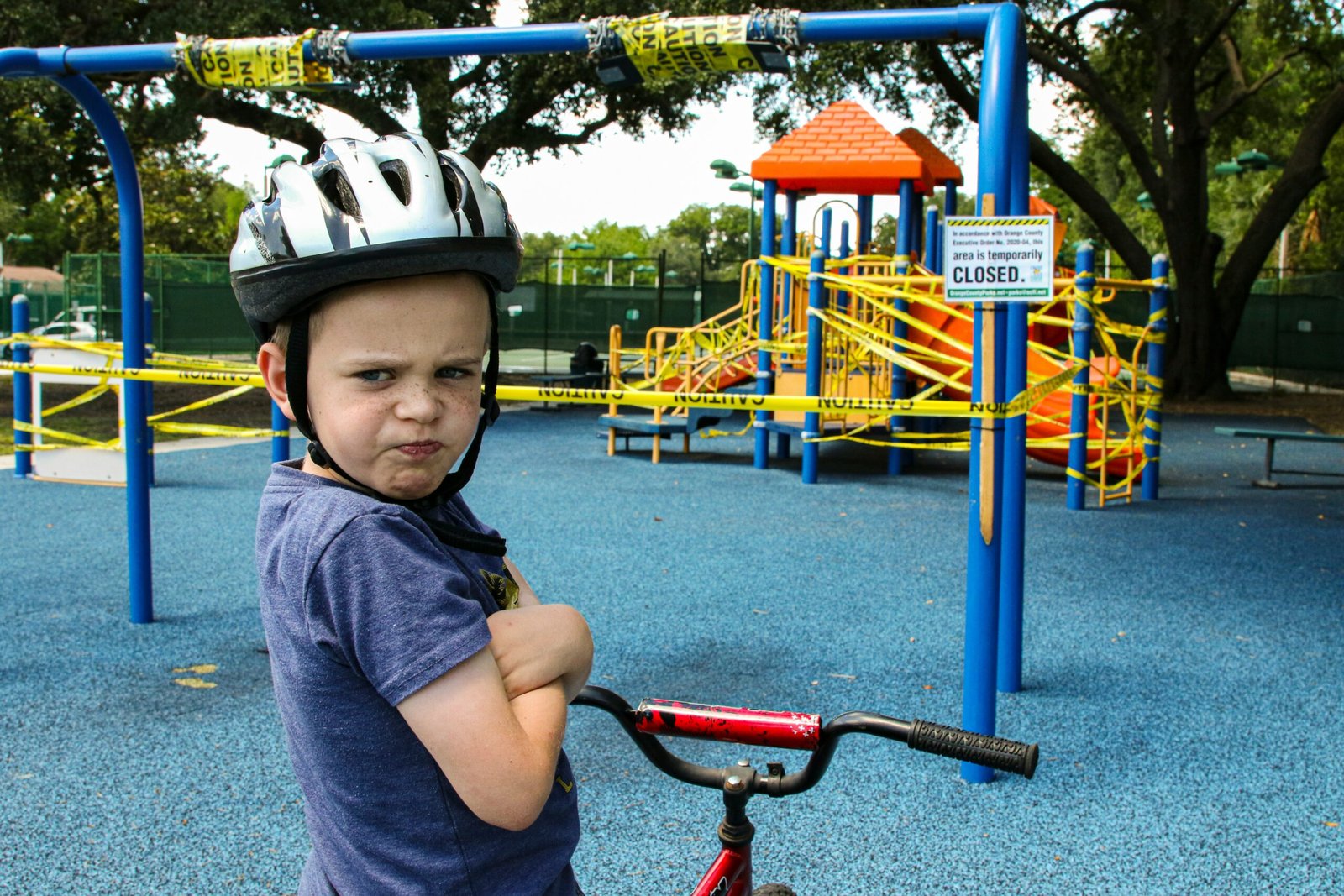Understanding Disruptive Mood Dysregulation Disorder (DMDD)
First, let’s start by understanding this disorder. Disruptive Mood Dysregulation Disorder (DMDD) is a condition characterized by severe and recurrent temper outbursts that are out of proportion in intensity or duration to the situation at hand. These outbursts happen often, and the person seems to be constantly irritable or angry in between them.
Children with DMDD often have significant difficulties in many areas of functioning, including home, school, and peer relationships. This chronic irritability and constant temper outbursts can lead to difficulties in maintaining friendships and academic performance. It may also contribute to family stress and conflict. The prevalence of DMDD is estimated to be between 2% and 5% among children and adolescents, making it a relatively common but often misunderstood condition.
Diagnostic Criteria for DMDD
The diagnostic criteria for DMDD, as outlined in the Diagnostic and Statistical Manual of Mental Disorders, Fifth Edition (DSM-5), include:
Severe temper outbursts
These occur three or more times per week and are out of proportion to the situation.
Chronic irritability
The child has an irritable or angry mood most of the day, nearly every day.
Duration
Symptoms have been present for 12 or more months, with no period longer than three months without symptoms.
Age of onset
The onset of symptoms must be before age 10, and the diagnosis is made between ages 6 and 18.
Context
The symptoms occur in at least two settings (e.g., home, school, with peers) and are severe in at least one of these settings.
Exclusion criteria
The symptoms are not better explained by another mental disorder, substance use, or a medical condition.
The Disorganized Brain: A Developmental Perspective
Let’s talk about a disorganized brain. A disorganized brain refers to a neural development challenge that can happen when we don’t get enough movement and physical activity during the critical first year of life. This period is crucial for the development of the pons and midbrain, key components of the primitive brain, which is responsible for automatic functions.
What does this mean?
Creeping
This movement, which involves moving with the stomach on the ground, develops the pons. The pons is a structure in the brainstem that plays a pivotal role in relaying signals between the cerebrum and cerebellum. The pons is critical for various functions, including sleep regulation, respiration, swallowing, bladder control, hearing, equilibrium, taste, eye movement, facial expressions, and posture.
Crawling
This movement involves moving on hands and knees with the stomach off the ground. Crawling is essential for developing the midbrain, which is like a filter for the rest of the brain. It works along with the Reticular Activating System to help the brain know what is important now and what can wait for later, as well as dopamine creation and secretion. It is also involved in motor movement, particularly movements of the eye, and in auditory and visual processing, along with many other functions.
When we don’t get enough of these movements in the first year of life, the pons and midbrain may not develop properly, leading to a disorganized brain. This lack of organization can affect automatic functions and emotional regulation, contributing to conditions like DMDD.
Retained Primitive Reflexes: A Clue to Emotional Dysregulation
Primitive reflexes are automatic movements directed by the brainstem and executed without the involvement of the higher brain centers. These reflexes are essential for survival in infancy but typically become inhibited as the brain matures and higher cortical functions take over.
Some common primitive reflexes include:
- Moro Reflex: An infant’s response to a feeling of falling or loud noise, often resulting in the infant flinging their arms out and then drawing them back in.
- Palmar Grasp Reflex: The automatic closing of an infant’s hand when the palm is stimulated, an early precursor to voluntary grasping.
- Rooting Reflex: The turning of an infant’s head toward anything that strokes its cheek, helping the infant find a food source.
When these reflexes are retained beyond infancy, they indicate that the brain has not fully matured and integrated these automatic movements into higher brain functions. Retained primitive reflexes can interfere with emotional regulation, leading to symptoms often seen in DMDD, such as severe temper outbursts and persistent irritability.
The Link Between DMDD, a Disorganized Brain, and Retained Primitive Reflexes
So, how are these related? The connection between a disorganized brain, retained primitive reflexes, and DMDD can be summarized like this:
- Insufficient Early Movement: Insufficient creeping and crawling during the first year of life can result in underdeveloped pons and midbrain, leading to a disorganized brain.
- Retained Primitive Reflexes: A disorganized brain may struggle to inhibit primitive reflexes, causing them to persist beyond infancy.
- Emotional Dysregulation: The combination of a disorganized brain and retained primitive reflexes can disrupt the neural pathways responsible for emotional regulation, manifesting in the severe and persistent mood dysregulation characteristic of DMDD.
So, what can you do?
That’s where In the Cortex comes in. Our Brain Reorganization Program is 100% movement-based and is designed to give participants the tools they need to finish their brain development (at any age!). By re-doing the movements, like creeping and crawling, that the brain might have missed in the first year, we can help develop the pons and midbrain, mitigating the effects of a disorganized brain.
The In the Cortex program also emphasizes integrating retained primitive reflexes. With simple movements, we can work on integrating the reflexes that are interfering with efficient brain function and improve emotional regulation.
Want to learn more about brain reorganization? Take our introductory program, The Basics of Brain Reorganization and learn about how to help a brain with DMDD in your school/organization as well. Click here to learn about our In-School Program!



